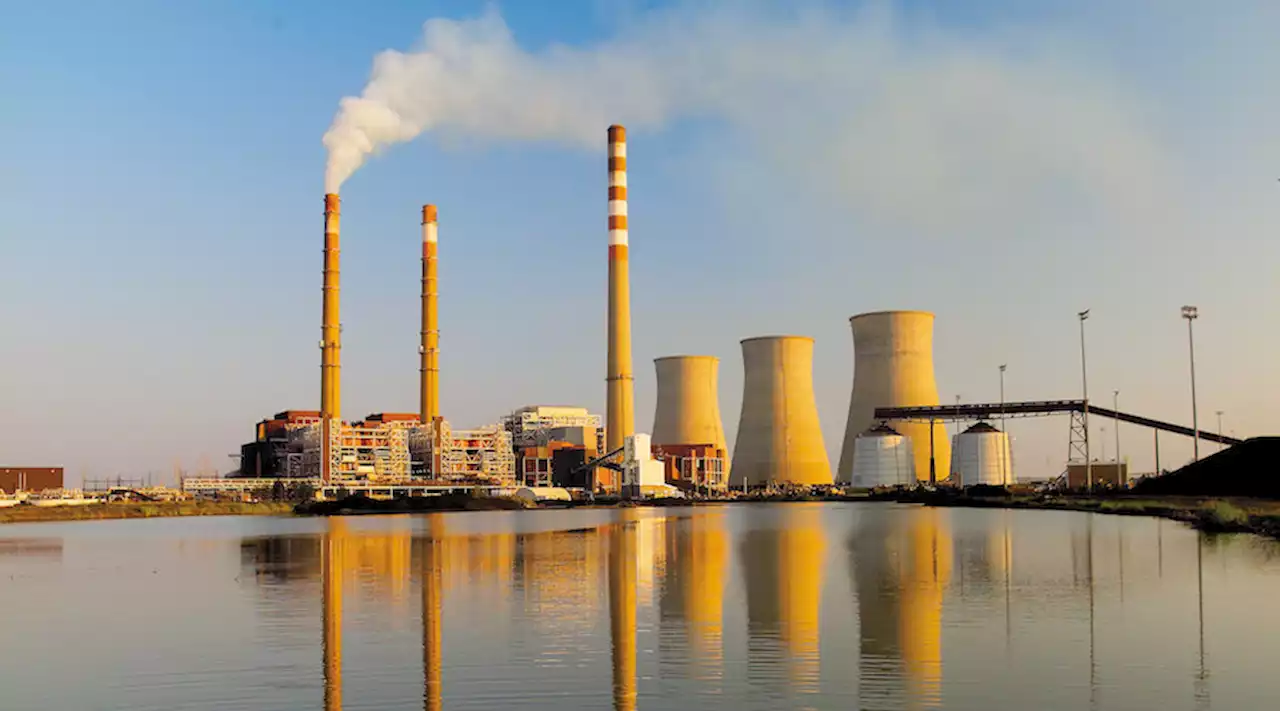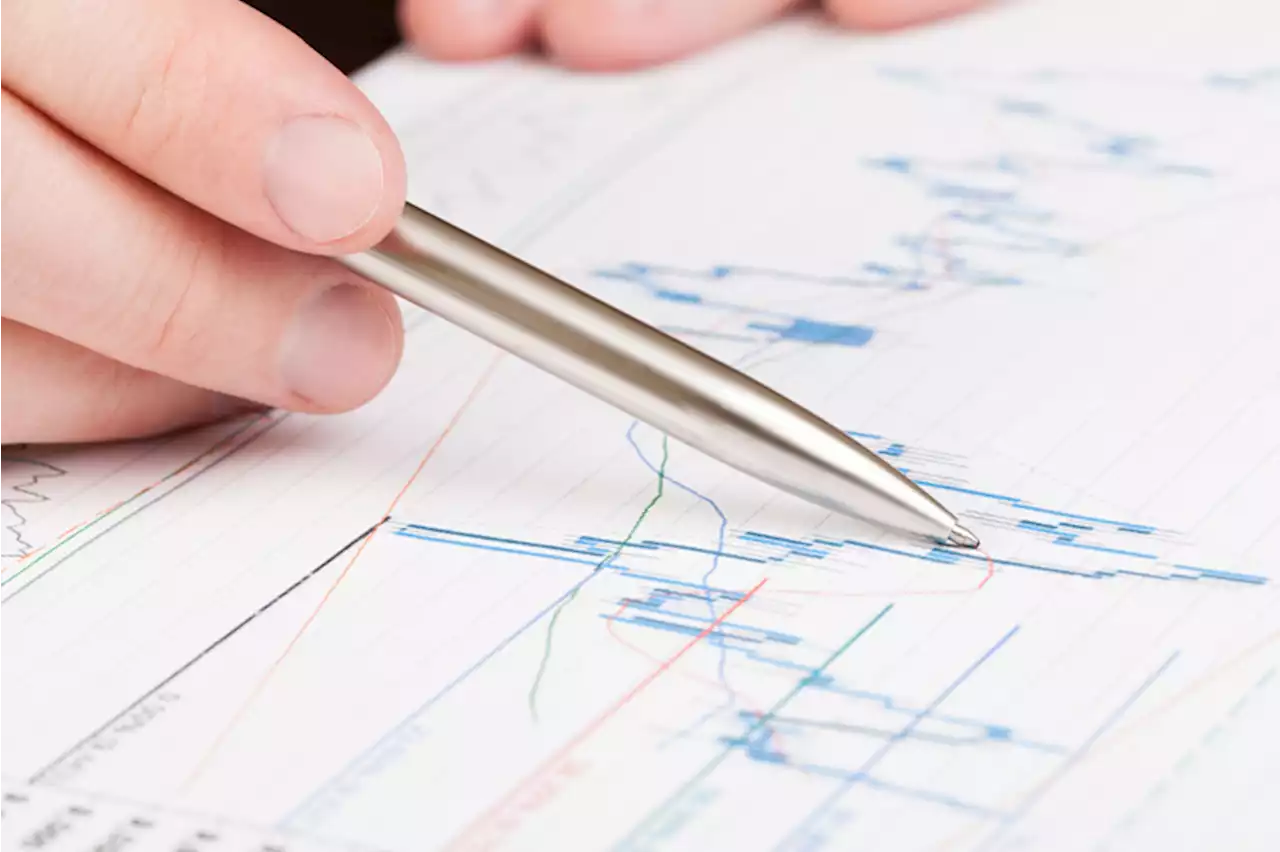Even as the world slowly begins to decarbonize industrial processes, achieving lower concentrations of atmospheric carbon requires technologies that remove existing carbon dioxide from the atmosphere — rather than just prevent the creation of it.
Even as the world slowly begins to decarbonize industrial processes, achieving lower concentrations of atmospheric carbon requires technologies that remove existing carbon dioxide from the atmosphere -- rather than just prevent the creation of it.directly from the source of a carbon-intensive process.
Shindel said the idea behind the paper came from a desire to use ambient environmental conditions to facilitate the reaction."We liked moisture-swing carbon capture because it doesn't have a defined energy cost," Shindel said."Even though there's some amount of energy required to humidify a volume of air, ideally you could get humidity 'for free,' energetically, by relying on an environment that has natural dry and wet reservoirs of air close together.
The team believes that future experiments, coupled with computational modeling, will help better explain why certain ions are more effective than others.
United States Latest News, United States Headlines
Similar News:You can also read news stories similar to this one that we have collected from other news sources.
 Saoirse Ronan’s Bob Somehow Got Even Shorter and Even BlonderIt's the perfect length for turtleneck season.
Saoirse Ronan’s Bob Somehow Got Even Shorter and Even BlonderIt's the perfect length for turtleneck season.
Read more »
 Capturing CO2 with electricity: A microbial enzyme inspires electrochemistryHumanity continuously emits greenhouse gases and thereby worsens global warming. Increasing research efforts go into developing strategies to convert these gases, such as carbon dioxide (CO2), into valuable products. CO2 accumulates dramatically over the years and is chemically very stable, thus challenging to transform. Yet, for billions of years, some microbes have actively captured CO2 using highly efficient enzymes. Scientists have now isolated one of these enzymes. When the enzyme was electronically branched on an electrode, they observed the conversion of CO2 to formate with perfect efficiency. This phenomenon will inspire new CO2-fixation systems because of its remarkable directionality and rates.
Capturing CO2 with electricity: A microbial enzyme inspires electrochemistryHumanity continuously emits greenhouse gases and thereby worsens global warming. Increasing research efforts go into developing strategies to convert these gases, such as carbon dioxide (CO2), into valuable products. CO2 accumulates dramatically over the years and is chemically very stable, thus challenging to transform. Yet, for billions of years, some microbes have actively captured CO2 using highly efficient enzymes. Scientists have now isolated one of these enzymes. When the enzyme was electronically branched on an electrode, they observed the conversion of CO2 to formate with perfect efficiency. This phenomenon will inspire new CO2-fixation systems because of its remarkable directionality and rates.
Read more »
 Once sequestered, CO2 can be turned into methaneBy wresting the carbon from CO2 sequestered through carbon capture technologies and affixing it to hydrogen atoms, it is possible to form methane.
Once sequestered, CO2 can be turned into methaneBy wresting the carbon from CO2 sequestered through carbon capture technologies and affixing it to hydrogen atoms, it is possible to form methane.
Read more »
 From air to your plate: tech startups making food from atmospheric CO2Food tech companies are taking bacteria that capture CO2 from air to make edible and nutritious food and drink.
From air to your plate: tech startups making food from atmospheric CO2Food tech companies are taking bacteria that capture CO2 from air to make edible and nutritious food and drink.
Read more »
 Amid carbon pipeline battle, lawmakers call for moratoriumIllinois farmers, landowners and environmentalists are in a pitched battle over whether to allow Navigator CO2’s 1,350-mile Heartland Greenway pipeline to cross the state.
Amid carbon pipeline battle, lawmakers call for moratoriumIllinois farmers, landowners and environmentalists are in a pitched battle over whether to allow Navigator CO2’s 1,350-mile Heartland Greenway pipeline to cross the state.
Read more »
 Democrats in Congress ask Biden for moratorium on carbon pipeline permits By ReutersDemocrats in Congress ask Biden for moratorium on carbon pipeline permits
Democrats in Congress ask Biden for moratorium on carbon pipeline permits By ReutersDemocrats in Congress ask Biden for moratorium on carbon pipeline permits
Read more »
